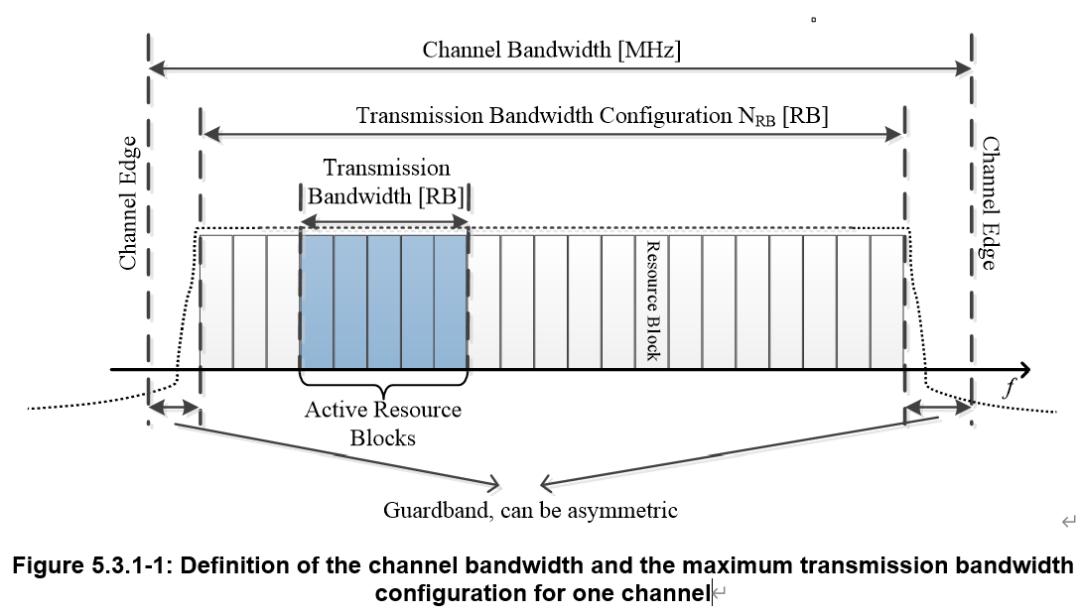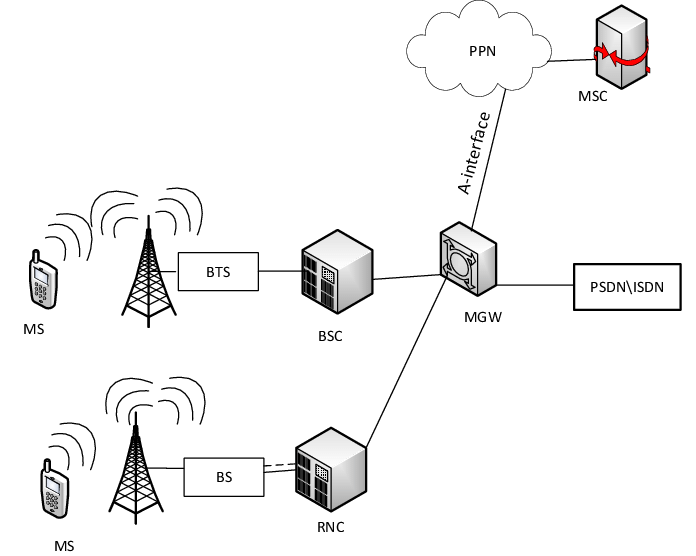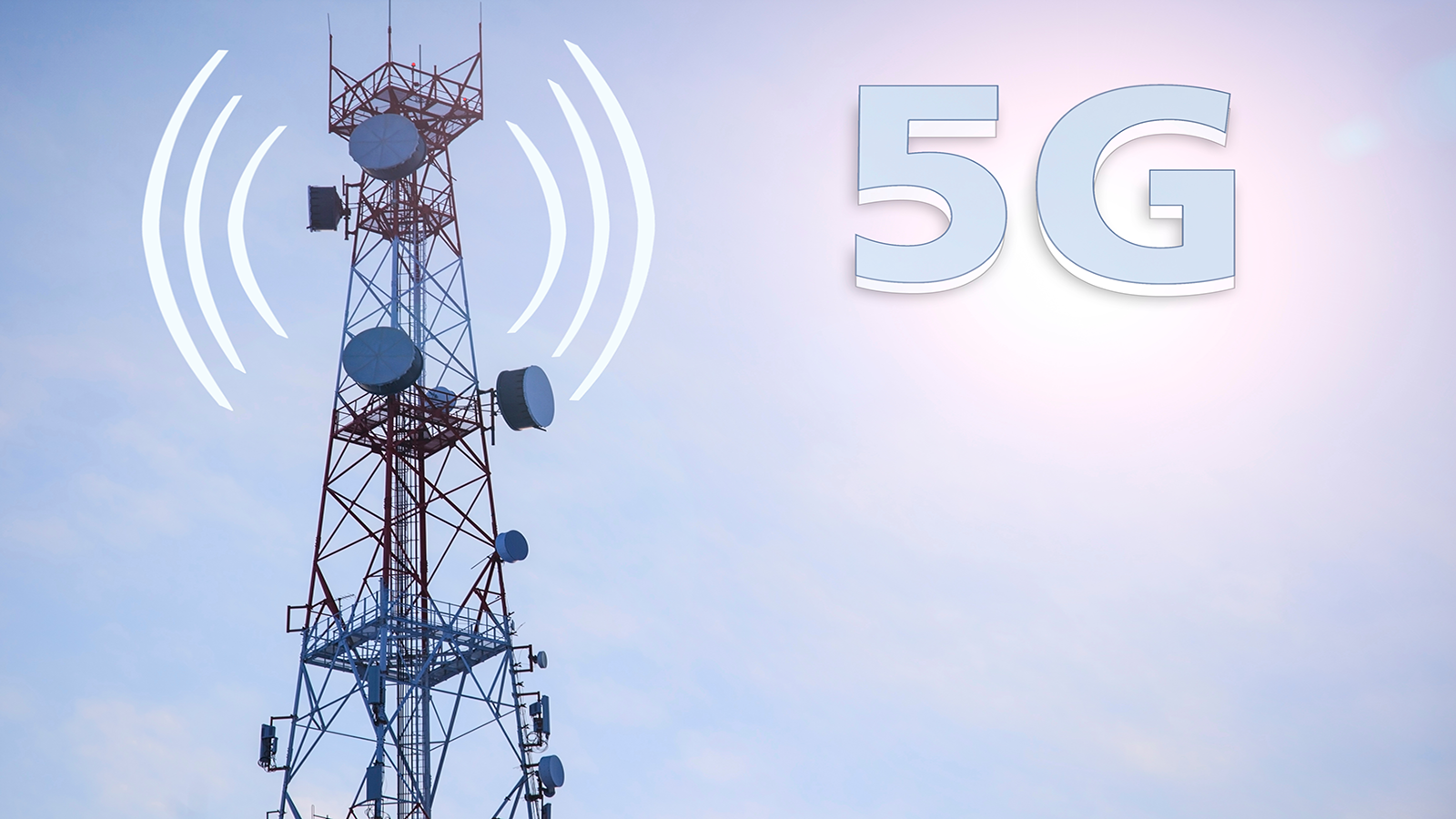6G is currently at an early research stage. The ITU's "Network 2030" vision is gradually taking shape. Although the industry is still years away from beginning formal 6G standard development, sub-THz (sub-THz) technology has already become a major research focus.
Throughput targets and technical implications
One key goal and active research area for 6G is achieving data throughputs from 100 Gbps to 1 Tbps. Such extreme throughput may ultimately become a key performance indicator (KPI) for 6G. However, this target poses significant challenges both from the RF front-end and from the baseband processing side.
For 5G millimeter-wave applications, using the 28 GHz band as an example, available channel bandwidths are on the order of 1 GHz. Terahertz (THz) operation near 1 THz is tens of times higher in frequency than millimeter wave; higher frequency generally enables much larger available bandwidth. The potential usable bandwidth in the THz band is at least an order of magnitude greater than that of millimeter wave.
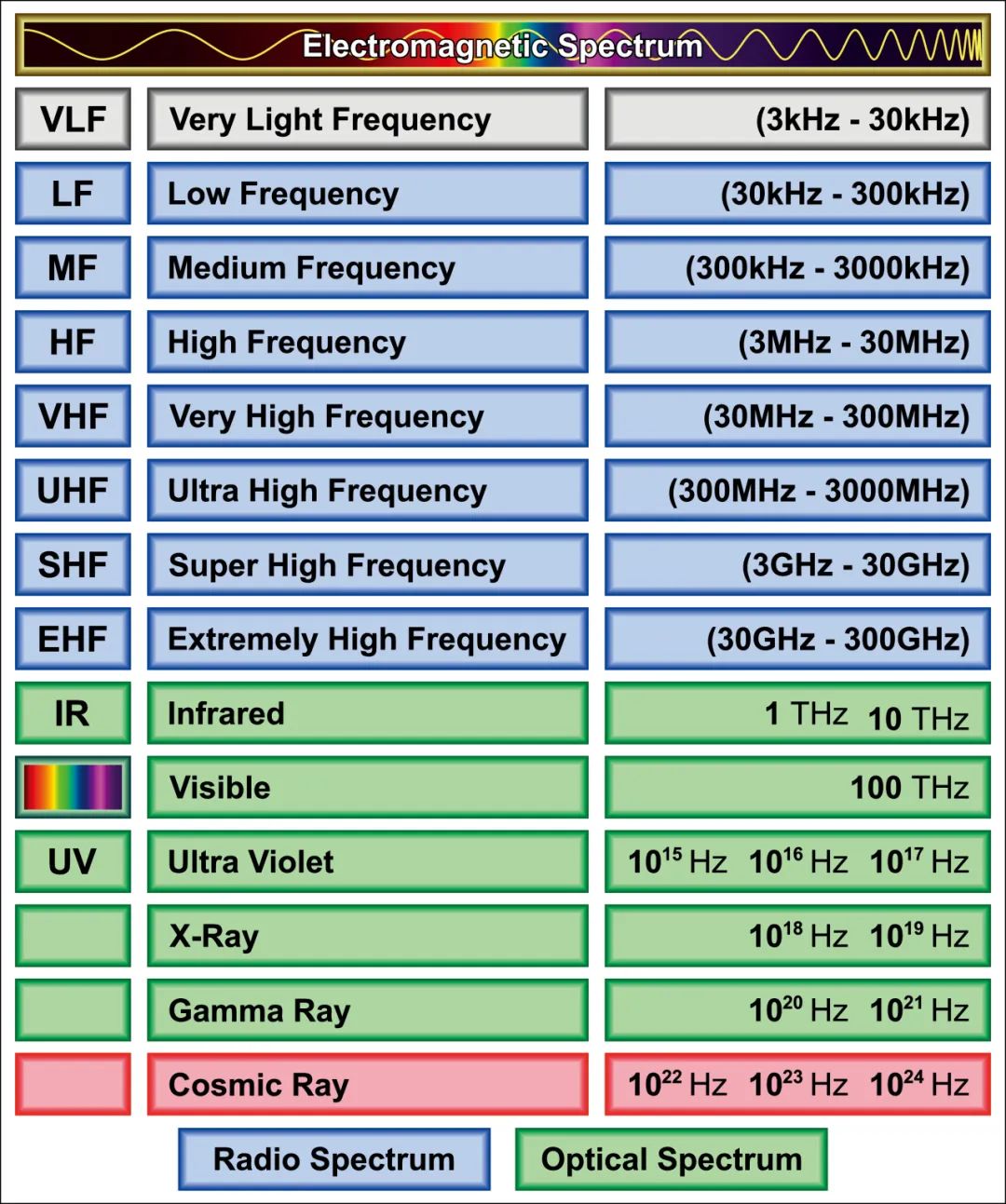
Advantages of terahertz waves
1. Higher channel SNR and bandwidth
The time-domain spectral signal-to-noise ratio (SNR) of THz waves can be very high. According to Shannon's theorem, the combination of larger channel bandwidth and higher SNR enables much higher data rates than those achievable with millimeter wave.
2. Hybrid electronic and photonic characteristics
THz frequencies sit in the transition region between electronics and photonics, so they inherit advantages from both microwave communication and optical communication. In addition to higher potential data rates than microwaves, THz links exhibit narrow beams and strong directionality, which can improve transmission security and interference resilience.
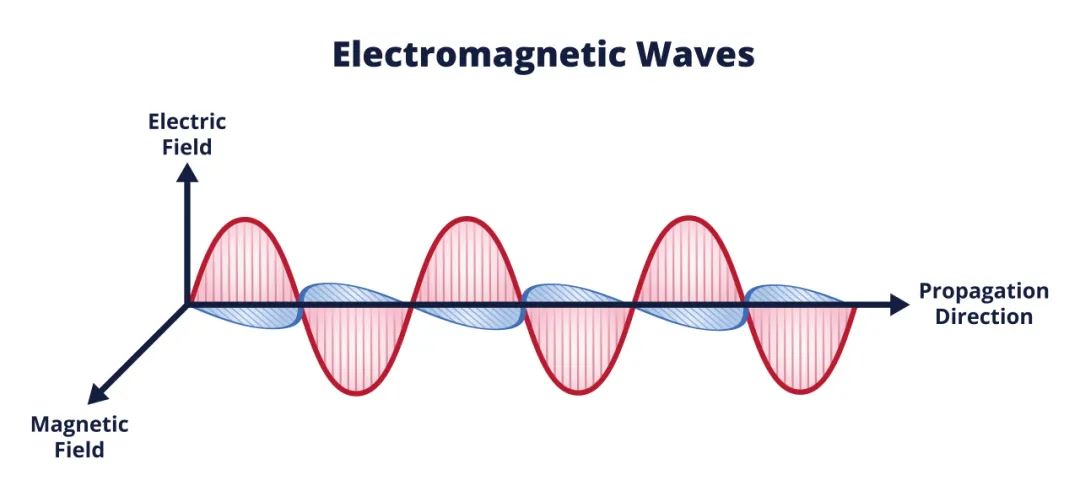
3. Very small wavelengths enable dense antennas
With wavelengths from about 0.03 mm to 3 mm, terminal antennas for THz operation can be very small, saving device space. Antenna element counts can be increased, which helps enable high-order MIMO implementations.
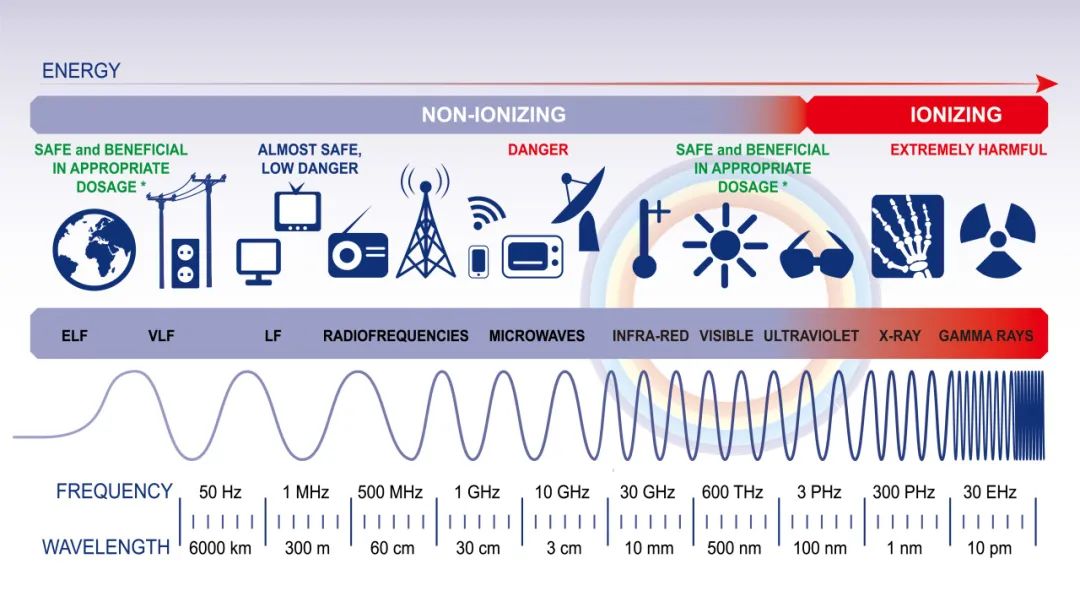
4. Suitability for non-terrestrial networks
Non-terrestrial networks (NTN) are an important component of future mobile systems, and the THz band is particularly suitable for satellite communications. In vacuum, THz links can achieve data throughputs far exceeding current ultra-wideband technologies. China launched a 6G experimental satellite in 2020 that carried THz satellite communication equipment to establish data links and conduct THz communication experiments.
5. Abundant undeveloped spectrum
The THz band remains largely undeveloped, offering abundant frequency resources for future use.
Because of these characteristics, terahertz waves are likely to play a key role in 6G communication systems.
 ALLPCB
ALLPCB


